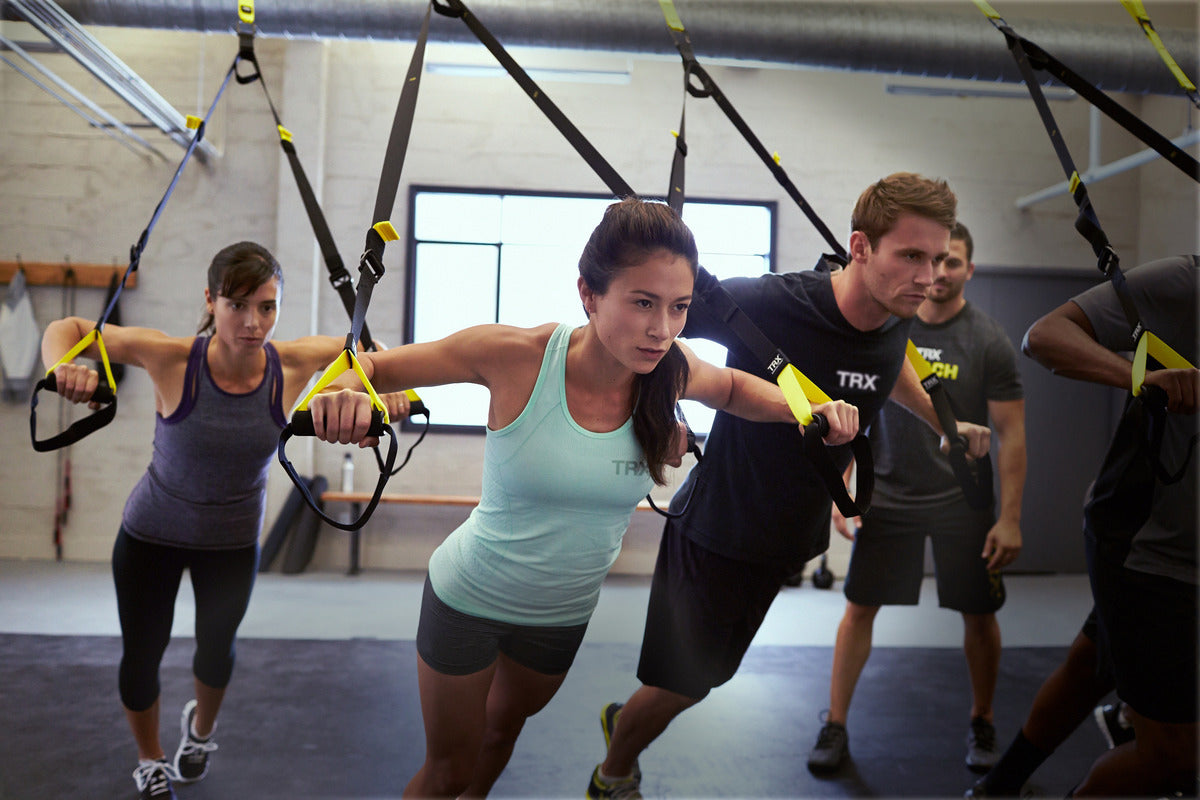I’m sure everyone who’s ever been through a resistance training workout knows all about the dreaded feeling of getting up the following day: You feel like you’ve been hit by a bus. It feels like you’ve done some serious damage to your body, and you’re hurting in muscle groups that you never knew existed.
Well, you’re right. Those muscles have taken a hit. But luckily for you, they’re not going to take that lying down!
Why Muscle Recovery Matters
For your muscles and tissues to undergo the necessary repair and growth, adequate recovery time is crucial after each workout. This allows them to become stronger, leaner, and more resilient. Typically, muscles require around 24 to 48 hours to repair and rebuild. Failing to provide appropriate recovery time can result in tissue breakdown, increasing the risk of muscle strains or injuries.
Insufficient recovery time means your muscles won't be adequately prepared to handle the demands of your next workout. This need for recovery is especially vital in weightlifting, resistance training, and strength training. Therefore, if these are your preferred workouts in your home gym, it's essential to avoid training routines that target the same muscle groups in consecutive sessions.
Taking care of your body after a workout is paramount in achieving your fitness goals, whether they involve weight loss, core strength, or muscle gain. Establishing a post-workout routine focused on muscle recovery will enable you to perform at your peak capacity, not only during weight training but also in terms of functional fitness and mobility.
7 Remedies for Muscle Recovery
The rebuilding and repairing process is crucial, and you need to understand the best things that you can do to support your body to ensure you’re getting maximum results in this stage.
1. Cool Down and Stretch After Each Workout
When you perform an intense workout, your body pumps blood to your heart faster, rapidly increasing your heart rate. Stretching allows your body to cool down and also helps your heartbeat return to normal. Stretching post-workout can help improve your circulation and increase blood flow to your muscles, which can help them heal more quickly after a workout.
Static stretching is recommended post-workout. These are stretches where you stand, sit, or lie still and hold a single position for an extended period, say 45 seconds. Stretching also breaks the release of lactic acid that occurs during an intense workout, allowing muscle recovery and repair.
2. Avoid Training Overload
It’s essential to supplement your workouts with time off or rest days. When you’re training with weights, performing high-intensity interval training (HIIT), or Tabata, you must factor in days that your body can rest, recover, rebuild, and re-energize. Your muscles can’t heal if you don’t give them time to do so.
An important factor that’ll help you avoid overtraining is to design a smart workout routine. Focus on full-body routines to prevent overworking and tiring out any one muscle group. Try upper and lower splits to give your muscles breaks in each set.
3. Use Foam Rollers on Your Muscles
Foam rolling is a must for me when it comes to muscle recovery. It can help relax muscle tension, break up scar tissue and knots, increase blood flow, and reduce inflammation. I like to jump on my foam roller straight after a YBell workout and before static stretching. Sometimes it's nice to use a foam roller on your muscles in the morning when you get out of bed if you’re feeling extra stiff.
4. Take Ice Baths
Ice baths are said to decrease inflammation in your muscles, which helps promote a speedy recovery. Taking a 10 to 15-minute dip in cold water after an intense exercise session can also help to reduce muscle pain, strain, or soreness. It’s similar to how you’d use an ice pack after pulling a muscle.
5. Stay Hydrated
Hydration is essential to your body’s overall physical health. If you’re performing high-intensity training like HIRT or Tabata, you’re going to break a sweat, so you’ll need to replenish your fluids.
Dehydration occurs when your body uses (or loses) more fluids than you take in, leaving your body without enough fluids to carry out normal functions. Mild dehydration can occur if you don’t drink enough during or after a workout. Some symptoms include thirst, dry mouth, headache, dizziness, and muscle cramps.
Whether you choose plain old water or low-sugar sports drinks with electrolytes, keeping your body hydrated is a must.
6. Eat Healthy Foods to Restore Your Energy
A high-intensity workout will use up your body’s energy. Repairing tissues and muscle requires energy, so you’ll want to refuel by incorporating healthy foods into your fitness routine. Choosing fruits and vegetables, lean meats, and whole grains will help your body stabilize your blood sugar, promote recovery, and increase energy. Avoid processed foods when possible.
Try to eat within an hour of your workout to avoid depleting your body’s energy. It’s ok if you only have a post-workout snack of carbs and protein as long as you’ve got a healthy meal plan into your day.
7. Get Some Sleep
A good night’s sleep is vital to rest and recovery. Sleep also enhances protein synthesis, which is essential to changing your body composition or increasing your muscle mass.
During non-REM sleep, your body produces growth hormones, which play a heavy role in tissue repair and muscle growth. Lack of sleep will limit the growth of hormones in your system. Lack of growth hormones can cause loss of muscle mass, which will lower your ability to exercise.
Active Muscle Recovery for Resistance Training
Recovery doesn’t always entail total inactivity. There are days when passive rest is what your body needs. But other times, taking a more active approach is the best way to boost recovery from exercise.
Active recovery means including low-intensity and low-resistance exercises that help blood flow to the muscles, allowing them to recover faster. Some active muscle recovery exercises include yoga, pilates, or swimming laps.
On active recovery days, you should pay attention to your breathing and make sure you choose optimal active recovery exercises that won’t strain the muscle groups you targeted during your high-intensity training. You should finish an active recovery session feeling refreshed, energized, and ready for the next day’s training.
Here are some key points to focus on during your active recovery sessions:
- Address common problematic areas, such as poor thoracic or ankle mobility
- Pay attention to whether your hip flexors feel tight or if your core or glutes feel weak
- Elevate your heart rate and break a sweat without the additional joint stress that comes with traditional cardio training or HIIT workouts
- Focus on getting additional blood flow to sore or stiff areas
- Prioritize unilateral and isometric movements
- Prepare your body for its next training day without causing fatigue
As you can see, there are plenty of things to try when it comes to muscle recovery. Everyone’s body operates and reacts differently, so while these options may work for you, they might not for your training partner. Your body will respond to workouts differently, which means that your body will recover differently. Try each method out and see what suits your body and your training routine.
If you’re struggling to recover even after trying these methods, you may want to speak to your doctor to see if your current training regimen and recovery methods are suitable for your body.



